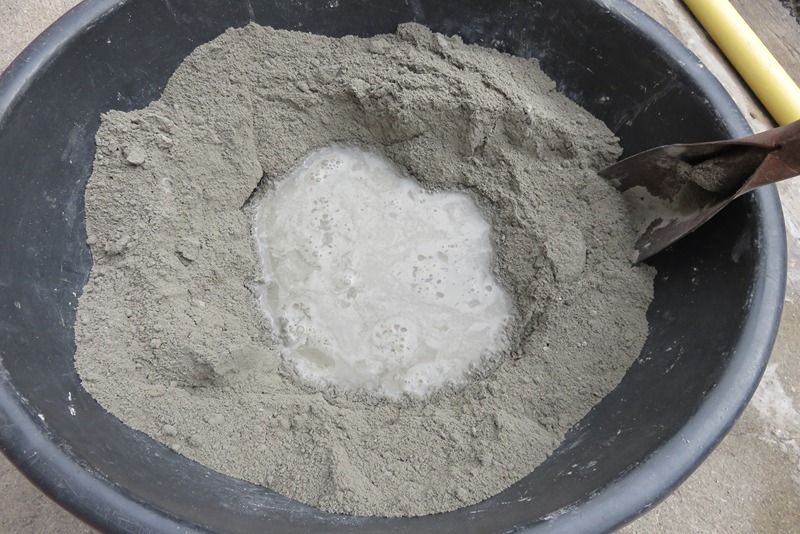The hydration process of cement is a chemical reaction between cement and water that leads to the material's hardening. This process forms calcium silicate hydrate (C-S-H) and calcium hydroxide, crucial for strength and durability. The hydration process is critical because it governs both the hardening (setting) and the long-term strength development of concrete.
Enhance your construction process by understanding hydration. Register today for access to premium cement solutions.
Key steps in the hydration process:
Initial Reaction: when water is added to cement, compounds like tricalcium silicate (C3S) and dicalcium silicate (C2S) react, releasing heat. This is known as an exothermic reaction. C3S contributes to early strength gain, while C2S enhances long-term strength. Calcium ions, hydroxide ions, and other compounds are formed, and the cement paste hardens within a few hours.
Formation of C-S-H gel: As hydration continues, calcium silicate hydrate (C-S-H) is formed, which gives cement its strength. This process can take days to months and contributes to the gradual development of concrete strength.
Formation of calcium hydroxide: while calcium hydroxide does not directly increase strength, it helps cement bond to other materials, creating a solid structure.






 +91 7208055523
+91 7208055523
 Help & support
Help & support
